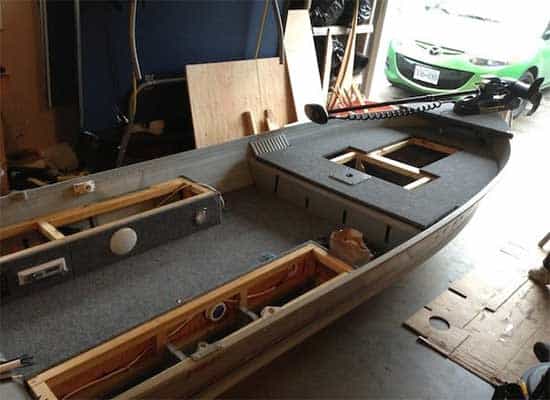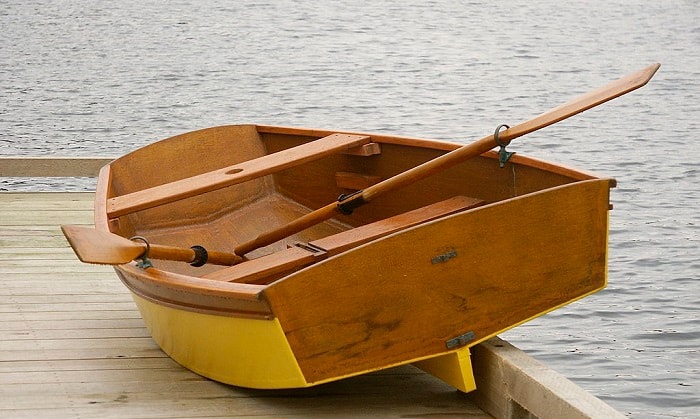
Unlocking the Untapped Potential: Stitch-and-Glue Boatbuilding's Hidden Gems
Stitch-and-glue boatbuilding, with its inherent flexibility and relatively accessible technique, has captivated hobbyists and professionals alike. But beyond the readily available guides and plans, lies a wealth of untapped potential for customization and design innovation. This article delves into often-overlooked aspects of stitch-and-glue, exploring new perspectives and creative solutions for crafting truly unique vessels.
Beyond the Blueprint: Rethinking Traditional Designs
Most stitch-and-glue plans offer a solid foundation, but they are often just starting points. Let’s explore how we can move beyond simply building "what's on the paper."
Q: How can I seamlessly integrate unconventional materials into a stitch-and-glue build?
A: Think beyond traditional plywood. Experiment with responsibly sourced reclaimed wood for specific sections, adding character and potentially reducing environmental impact. Imagine incorporating epoxy-coated bamboo for decking, offering both strength and a unique aesthetic. Remember to carefully consider the compatibility of different materials with epoxy and the overall structural integrity of your design. Research and testing are key here. Consider using digital modeling software (like Fusion 360 or similar) to visualize and refine the integration of these materials before you start cutting.
Q: Can I radically alter a standard boat plan's hull shape to achieve a specific performance goal?
A: Absolutely! While altering fundamental hull shape requires a solid understanding of naval architecture, minor modifications are achievable. Using digital modeling tools, you can experiment with subtle changes to the chines or transom to improve stability or speed. However, be warned: significant deviations demand professional consultation to ensure the structural integrity and seaworthiness of your vessel. A well-placed consultation can save you significant time and potential issues down the line.
Creative Customization: Adding Personality to Your Build
Stitch-and-glue's strength lies in its adaptability. Let's explore how to move beyond the standard and create boats that truly reflect your individual style.
Story: The "Recycled Rhapsody"
A recent project I encountered involved a builder who incorporated repurposed window frames into the cabin structure of his sailboat. Not only did this add a unique aesthetic, reducing waste, but it also provided readily available, strong, and beautifully aged framing elements. The result was a charming and eco-conscious vessel, showcasing the possibilities of creative material reuse.
Q: How can I incorporate advanced joinery techniques to enhance both aesthetics and strength?
A: While stitch-and-glue simplifies construction, it doesn't preclude the use of more sophisticated joinery. Consider incorporating meticulously crafted lap joints or dovetails for interior features, adding a touch of traditional craftsmanship to your modern build. This meticulous approach can elevate the overall quality and aesthetic appeal significantly.
Beyond Aesthetics: Innovative Functional Integration
Let's look at how to leverage stitch-and-glue’s versatility to optimize functionality.
Q: Can I integrate advanced systems (e.g., solar, electric propulsion) seamlessly into a stitch-and-glue design?
A: Yes! Stitch-and-glue's open construction allows for easy integration of electrical systems and other advanced features. Plan carefully for cable routing and component placement during the initial design phase to avoid complications later. This proactive approach is crucial for a clean, functional, and safe integration of these technologies.
List of Innovative Functional Additions:
- Integrated water collection systems
- Customizable storage solutions optimized for specific gear
- Hidden compartments for electronics and sensitive equipment
In conclusion, stitch-and-glue boatbuilding offers a unique platform for innovation. By embracing creative material choices, thoughtful design modifications, and seamless integration of advanced technologies, you can craft a truly personalized and exceptional vessel. Don't be afraid to experiment, to push boundaries, and to make your mark on the world of boatbuilding.

















